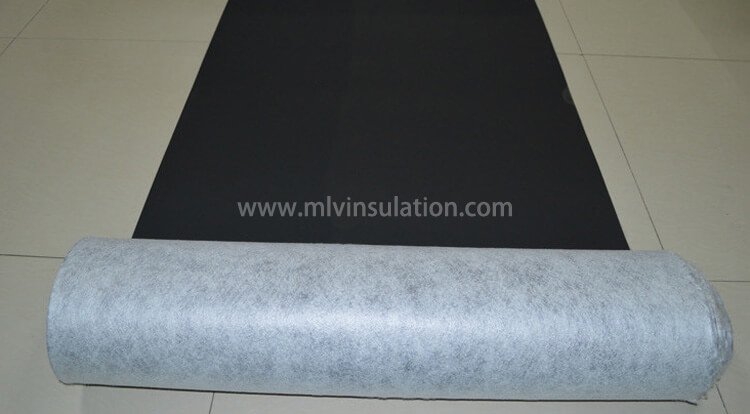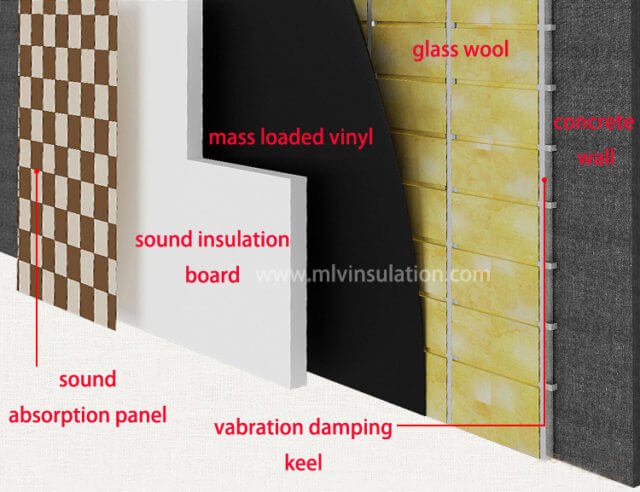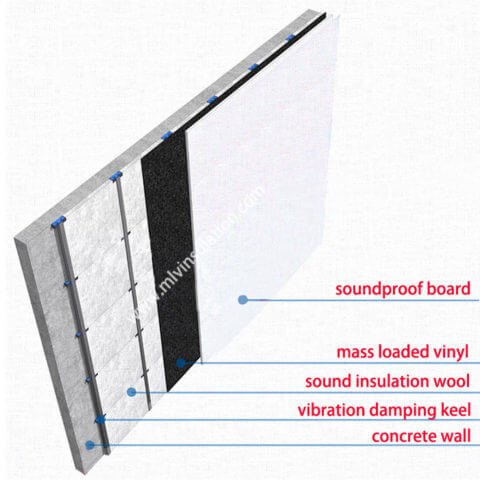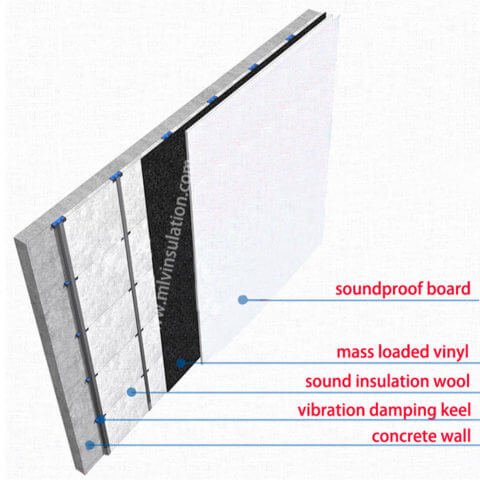Soundproofing A Wall | How To Soundproof Walls
Soundproofing A Wall
Soundproofing a wall or how to soundproof a wall has become a problem for more and more projects, as the advent of high-quality sound systems and home theaters has revolutionized the built environment. If hotels, motels, residences, apartments and apartments had to deal with the isolation of neighbors before, we had to deal with loud movies from next door, even if the sound was just coming from a good TV.
In view of the need for soundproofing a wall today, it is important to reconsider the original standard of the acoustic transmission grade (STC) 34 wall and begin to consider increasing the transmission loss by 20dB to 30dB or more to provide a high quality living environment.
Over the years, many technologies have been used to enhance soundproofing a wall or soundproofing existing walls through residential and commercial buildings. Many of these soundproofing for walls methods require unusual or difficult construction techniques, and the installer may not be able to accurately follow these techniques. With the development of technology on how to soundproof walls, more and more new materials, special-shaped building technology can be restored to standard STC level for single wood or steel stud construction.
Two Cost Effective Materials for Soundproofing Interior Walls
Mass loaded vinyl (MLV) is a soundproof wall covering material designed with high density and good flexibility. These functions are important for reducing noise and vibration. Where are MLV often used?

Soundproofing internal walls
Soundproof mechanical room
Soundproof ceilings
Soundproof floor
Sound insulation HVAC duct & tube
Sound insulation for walls
Soundproof office partitions
Rubber soundproofing walls
Drywall soundproofing
MgO and mass loaded vinyl composite board
MgO soundproof wall insulation board is made of a mixture of magnesium oxide (MgO), non-organic minerals, bonders and fibre mesh composites. Click here for details for MgO soundproof boards.




